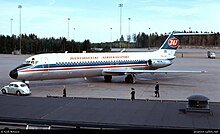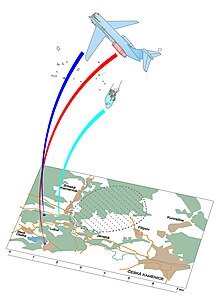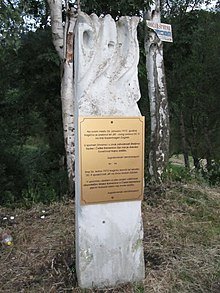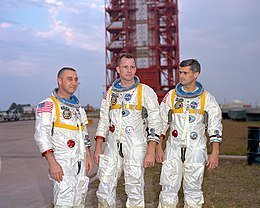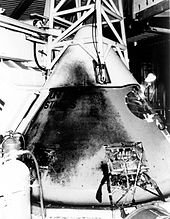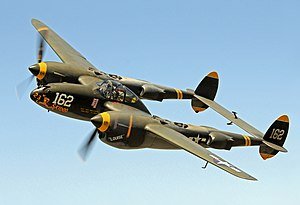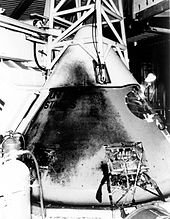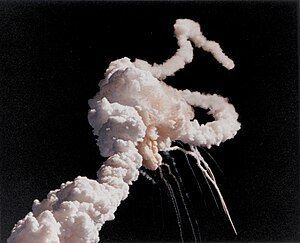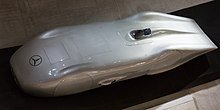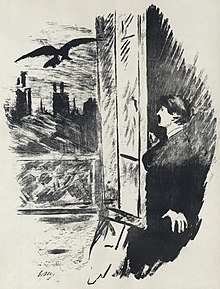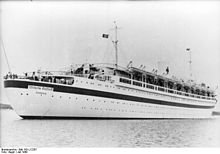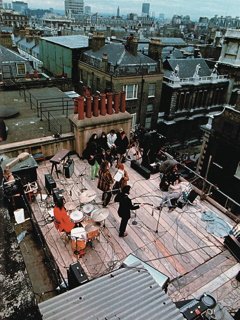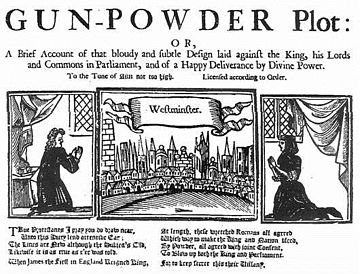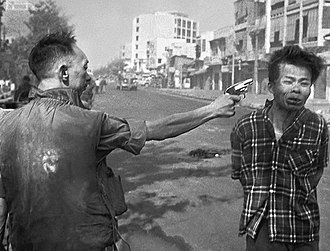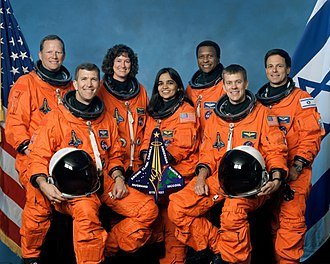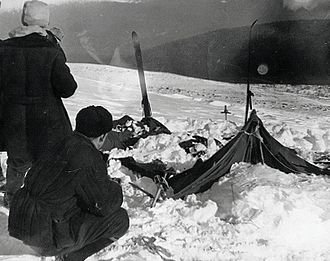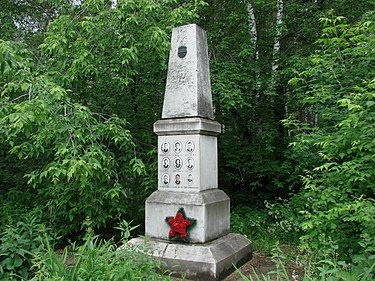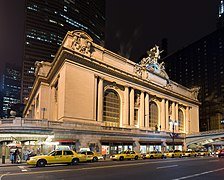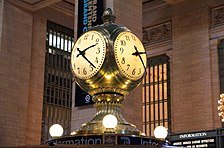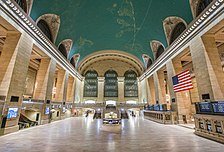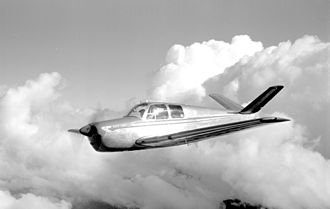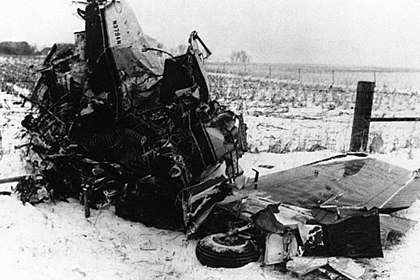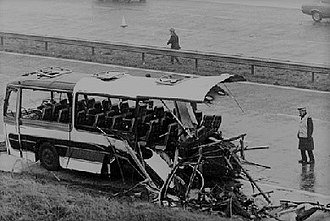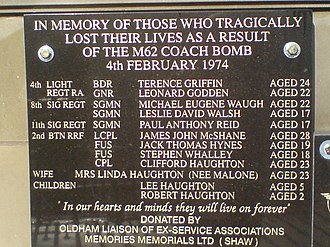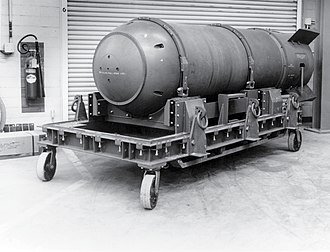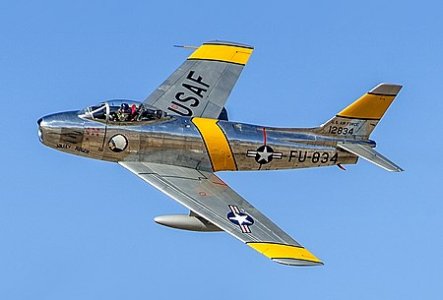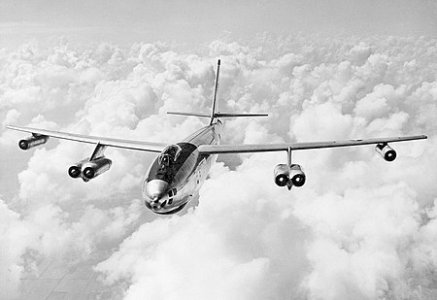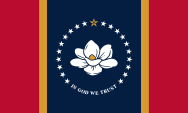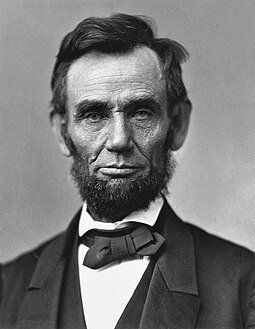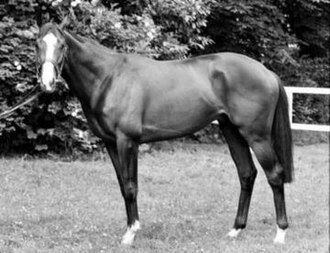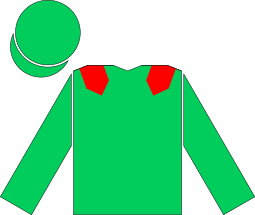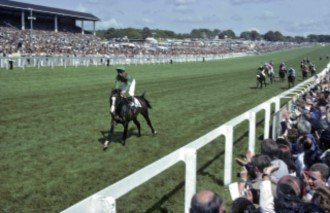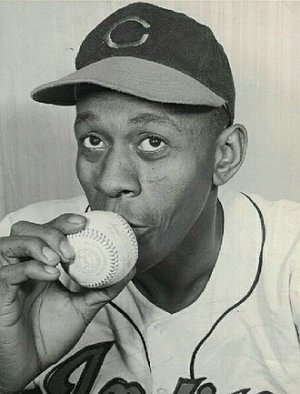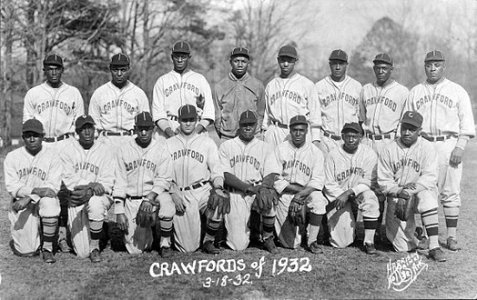6th February
1958 – Eight
Manchester United F.C. players and 15 other passengers are killed in the
Munich air disaster.
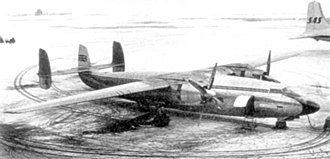
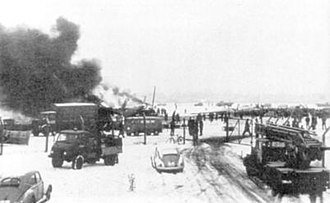
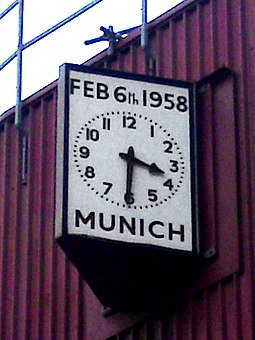
The Munich air disaster occurred on 6 February 1958 when
British European Airways Flight 609 crashed on its third attempt to take off at
Munich-Riem Airport in
Munich,
West Germany. The aircraft was carrying the
Manchester United football team, nicknamed the "
Busby Babes", along with supporters and journalists. There were 44 people on board, 20 of whom died at the scene. The injured, some unconscious, were taken to Munich's
Rechts der Isar Hospital, where three more died, resulting in 23 fatalities with 21 survivors.
The aircraft was a six-year-old
Airspeed Ambassador 2, built in 1952 and delivered to BEA the same year.
The pilot, Captain
James Thain, was a former
flight lieutenant in the RAF. Originally a
sergeant (later a
warrant officer), he was given an emergency commission in the RAF as an
acting pilot officer on probation in April 1944, and promoted to
pilot officer on probation in September that year. He was promoted to flight lieutenant in May 1948. The co-pilot, Captain
Kenneth Rayment, was also a former RAF flight lieutenant and a
Second World War flying ace.
Thain had flown the "Elizabethan"-class Airspeed Ambassador (registration G-ALZU) to Belgrade but handed the controls to Rayment for the return. At 14:19 GMT, the
control tower at Munich was told the plane was ready to take off and gave clearance for take-off, expiring at 14:31.
[26] Rayment abandoned the take-off after Thain noticed the
port boost pressure gauge fluctuating as the plane reached full power and the engine sounded odd while accelerating. A second attempt was made three minutes later, but called off 40 seconds into the attempt because the engines were running on an over-rich
mixture, causing them to over-accelerate, a common problem for the "Elizabethan". After the second failure, passengers retreated to the airport lounge.
Thain told the station engineer, Bill Black, about the problem with the boost surging in the port engine, and Black suggested that since opening the throttle more slowly had not worked, the only option was to hold the plane overnight for retuning. Thain was anxious to stay on schedule and suggested opening the throttle even more slowly would suffice. This would mean that the plane would not achieve take-off velocity until further down the runway, but with the
runway almost 2 kilometres long, he believed this would not be a problem. The passengers were called back to the plane 15 minutes after leaving it.
A few of the players were not confident fliers, particularly
Billy Whelan, who said, "This may be death, but I'm ready". Others, including Edwards,
Tommy Taylor,
Mark Jones,
Eddie Colman and journalist
Frank Swift, moved to the back of the plane, believing it safer. Once everyone was on board, Thain and Rayment got the plane moving again at 14:56.
The plane threw up
slush as it gathered speed, and Thain called out the plane's velocity in 10-knot increments. At 85 knots, the port engine began to surge again, and he pulled back marginally on the port throttle before pushing it forward again. Once the plane reached 117 knots, he announced "
V1", at which it was no longer safe to abort take-off, and Rayment listened for the call of "
V2" (119 knots), the minimum required to get off the ground. Thain expected the speed to rise, but it fluctuated around 117 knots before suddenly dropping to 112 knots, and then 105 knots. Rayment shouted, "Christ, we won't make it!", as Thain looked up to see what lay ahead.
The plane skidded off the end of the runway, crashed into the fence surrounding the airport and across a road before its port wing was torn off as it caught a house, home to a family of six. The father and eldest daughter were away and the mother and the other three children escaped as the house caught fire. Part of the plane's tail was torn off before the left side of the cockpit hit a tree. The right side of the fuselage hit a wooden hut, inside which was a truck filled with tyres and fuel, which exploded.
On seeing flames around the cockpit, Thain feared that the aircraft would explode and told his crew to evacuate the area. The
stewardesses, Rosemary Cheverton and Margaret Bellis, were the first to leave through a blown-out emergency window in the
galley, followed by radio officer Rodgers. Rayment was trapped in his seat by the crumpled fuselage and told Thain to go without him. Thain clambered out of the galley window. On reaching the ground, he saw flames growing under the starboard wing, which held 500 imperial gallons of fuel. He shouted to his crew to get away and climbed back into the aircraft to retrieve two handheld fire extinguishers, stopping to tell Rayment he would be back when the fires had been dealt with.
Meanwhile, in the cabin,
goalkeeper Harry Gregg was regaining consciousness, thinking that he was dead. He felt blood on his face and "didn't dare put his hand up. He thought the top of his head had been taken off, like a hard boiled egg." Just above him, light shone into the cabin, so Gregg kicked the hole wide enough for him to escape. He also managed to save some passengers, among them teammates Bobby Charlton and Dennis Viollet, who were strapped into their seats away from the wreckage.
Twenty passengers died at the scene, another died on his way to hospital, and two others died later that month while in the hospital.
9 passengers on the plane also lost their lives.

